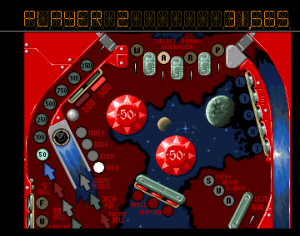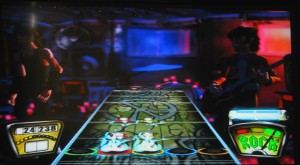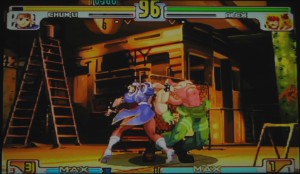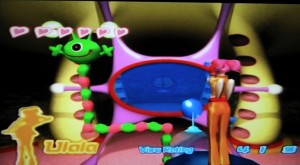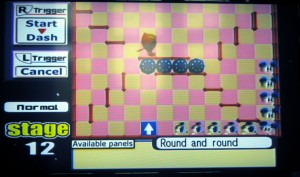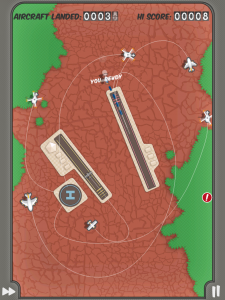187th played so far
Genre: Shoot ‘Em Up
Platform: Various
Year of Release: 1987
Developer: Sensible Software
Publisher: Ocean Software
Continuing our run of “wow we’re getting close to 200 games… we need to play more pre-1990 games” we are taking on Wizball. It is our eventual hope that we will play so many of these that it will be okay to play games from 2001 again. Also Mario games. It’s been far too long.
Our Thoughts
Imagine a world devoid of colour. A spacey world with flying orbs and, for some reason that only Super Mario Bros. understands, a number of green pipes. Well the only hope is a wizard’s ball (yes that is an odd image) with crappy controls. Or, at least, different controls. Experimentation can be good… sometimes.
That is to say that the controls of the ship are crappy from the perspective of the wizard as for the player they are just incredibly tough. At the beginning all you are able to do is control the direction of the spin which in turn controls your speed and angle of jump. It is often said that games have been getting easier and this is one of those games that really backs that thought up.
Instead of a difficulty curve as you would traditionally find what Wizball appears to have is a 20 foot high wall followed by a gradual slope downwards. The most difficult part of the game really is the beginning, or whenever you lose a life in the early stages. In fact you are unable to really do much at all until you have successfully collected power-ups from enemies that randomly spawn offscreen. Did I mention that you need three of these to even start the main crux of this game? I’m pretty sure I did. Three? Three is just to start taking control of the ball… you need even more to do the main thing in the game. Not that we got much further, due to this difficulty spike otherwise taking days to take over.
You see, you need to start to fill the world with colour. To do so, you need to use your familiar/cat/sattelite Cattelite to gather the colour and then spread it around the world. Yes, that is the mission.
Yet, in spite of this, this game is remarkably addictive. Whilst it is difficult it never feels impossible and the more times you play it the further you get because you finally begin to understand the nuances of the game. Unlike John Madden’s Football, which we could not get a handle on whatsoever and were eager to finish as soon as we could, this game had a charm which hooked us.
Final Thoughts
Part of the difficulty of this game comes from the controls, but this is almost deliberately. The difficulty curve is different, but rewarding in that respect, in that you have to fight to really do the job you need to do. It’s actually quite neat, and while you’re expected to invest a lot of time in the game, that should pay off when you get far enough into it.


